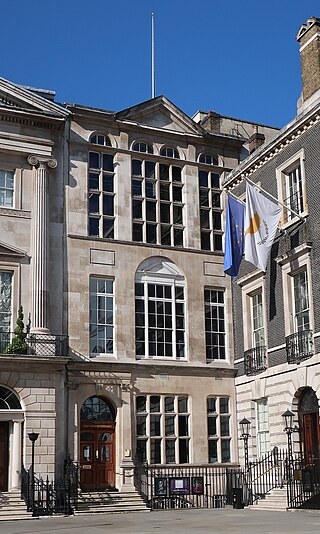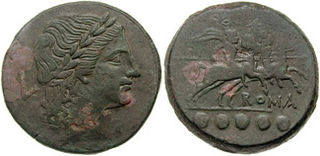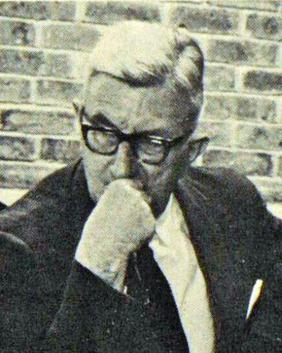
The British Museum Reading Room, situated in the centre of the Great Court of the British Museum, used to be the main reading room of the British Library. In 1997, this function moved to the new British Library building at St Pancras, London, but the Reading Room remains in its original form at the British Museum.

The London Library is an independent lending library in London, established in 1841. It was founded on the initiative of Thomas Carlyle, who was dissatisfied with some of the policies at the British Museum Library. It is located at 14 St James's Square, in the St James's area of the City of Westminster, which has been its home since 1845. Membership is open to all, on payment of an annual subscription, and life and corporate memberships are also available. As of December 2021 the Library had over 7000 members.

A national library is a library established by a government as a country's preeminent repository of information. Unlike public libraries, these rarely allow citizens to borrow books. Often, they include numerous rare, valuable, or significant works. A national library is that library which has the duty of collecting and preserving the literature of the nation within and outside the country. Thus, national libraries are those libraries whose community is the nation at large. Examples include the British Library in London, and the Bibliothèque nationale de France in Paris.

Matteo Maria Boiardo was an Italian Renaissance poet, best known for his epic poem Orlando innamorato.

Richard Garnett C.B. was a scholar, librarian, biographer and poet. He was keeper of printed books at British Museum from 1890 to 1899.

Sir Henry Ellis was an English librarian and antiquarian, for a long period principal librarian at the British Museum.

Lelio Orsi, also known as Lelio da Novellara, was a Mannerist painter and architect of the Reggio Emilia school in northern Italy.

Luceria is an ancient city in the northern Apennines, located in the comune of Canossa in the Province of Reggio Emilia, on the right bank of the river Enza.

Brescello is a comune (municipality) in the Province of Reggio Emilia in the Italian region Emilia-Romagna, located about 80 kilometres (50 mi) northwest of Bologna and about 25 kilometres (16 mi) northwest of Reggio Emilia. As of 31 December 2016, it had a population of 5,621.

William Richard Hamilton, FRS, was a British antiquarian, traveller and diplomat.
Pier Martire or Pier Martino Armani was an Italian painter of the Baroque period. He was born and worked in Reggio.

Lorenzo Garbieri was an Italian painter of the early-Baroque period, active mainly in Bologna. He was one of the painters in the studio of Ludovico Carracci and is sometimes called il nipote dei Carracci. He was said to be one of the most successful imitators of Ludovico, to whose style he added the character of Caravaggio.

Antonio Triva was an Italian painter and engraver of the Baroque period.
Edward Edwards (1812–1886) was a British librarian, library historian, and biographer. He was an important figure in the establishment of free libraries in the United Kingdom. He died and is buried in Niton on the Isle of Wight.

Sir Frank Chalton Francis was an English academic librarian and curator. Almost all his working life was at the British Museum, first as an Assistant Keeper in the Department of Printed Books, and later as Secretary of the museum, Keeper of Printed Books and, from 1959 to 1968, Director and Principal Librarian of the museum.

John Winter Jones was an English librarian. He was Principal Librarian of the British Museum between 1866 and 1873. He was the first President of the Library Association in the U.K.

The British Museum Library: A Short History and Survey is a book by Arundell Esdaile published by George Allen & Unwin, London, in 1946. It was reprinted in 1979 by Greenwood Press, Westport, Conn. from the 1948 ed. published by G. Allen & Unwin, London, which was issued as no. 9 of the Library Association series of library manuals. Esdaile's book serves as a historical survey of the British Museum Library when the museum and library departments were housed in the same building. The book traces the entire history of the institution, from 1753 to 1945.

Louis Alexander Fagan was an Anglo-Italian writer and artist. He worked in the Department of Prints and Drawings for the British Museum from 1869 to 1894, and wrote various books on the department. A painting of his by John Singer Sargent sold at auction for $118,750 in 2020.
The following is a timeline of the history of the city of Modena in the Emilia-Romagna region of Italy.
The following is a timeline of the history of the city of Reggio Emilia in the Emilia-Romagna region of Italy.


















